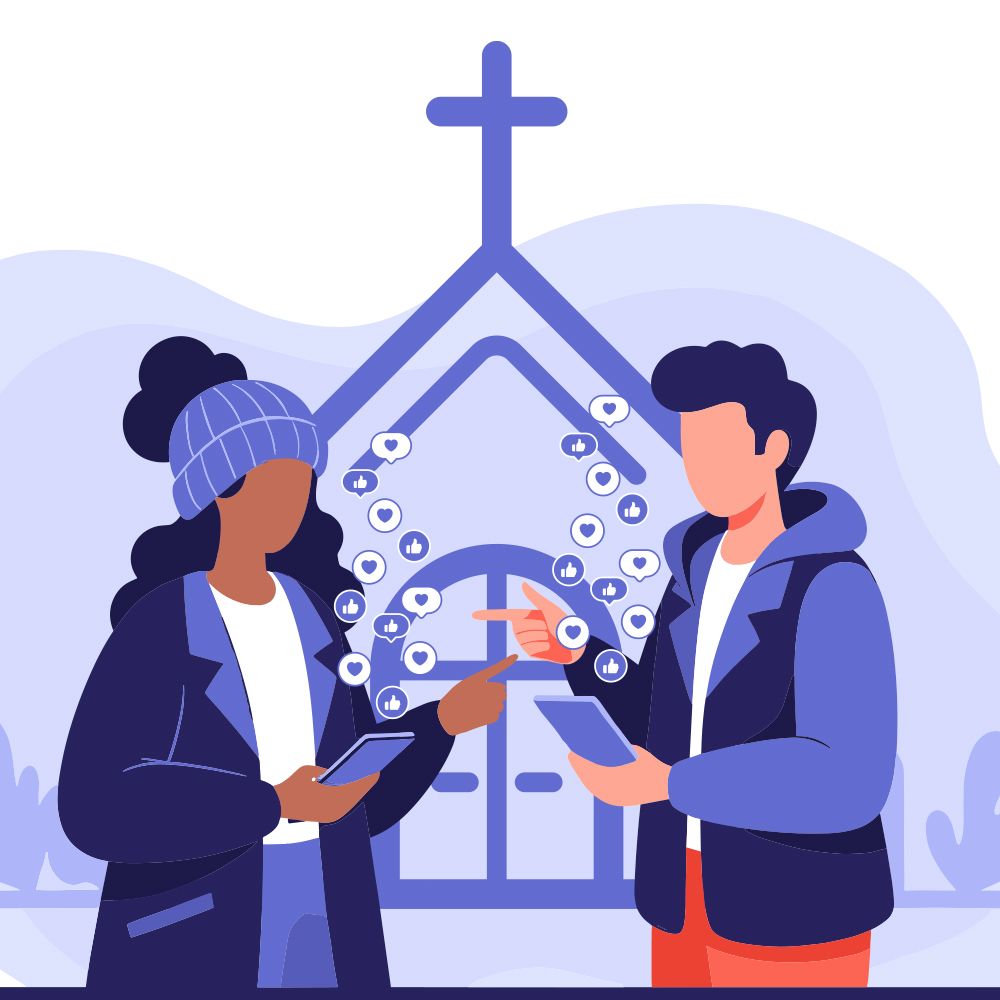Top 10 Ways to Encourage Parishioners to Share their Email Address

Communicating with members of your Catholic church community is becoming increasingly important these days, and for good reason. Mass and Confession reminders, upcoming events, fundraising, religious classes, young adult activities, continuing faith formation opportunities … the list goes on. While the weekly bulletin is a no-brainer to use as the main vehicle, we need to start thinking in addition to it — and that’s where email comes in.
If you don’t keep track of parishioner emails, your contact list is incomplete. Not only does email provide the parish an almost instantaneous way to connect, but it also allows you to stay in touch without the added cost of letterhead, envelopes, postage, and staff hours that come with traditional mailings. It’s worth the time, effort, and management of collecting and utilizing.
10 Ways to Encourage Members to Share Their Emails for Your Digital Communications
1. Have a Communication Sunday
Using bulletin, homily, and an announcement before or after Mass, plan on explaining to your parishioners the reasoning why you need their email addresses. It’s not to sell anything or overflow their in-boxes. Rather, let them know that you need it in order to share important parish news and updates, keep in communication with the pastor, and to effectively keep the cost of physical communications like letters and forms down.
2. Offer an Incentive
Yes, people should be willing to give their contact information freely, but sometimes it takes a little bit to sweeten the deal. Consider offering an extra raffle ticket with every email collected, or to be entered into a drawing for a pair of movie tickets, dinner with the pastor, the front row at the Christmas concert, even a 6-pack of beer!
3. Require Email Submission for Registrations
Whether it’s a link on the website or a form on a clipboard at the back of church, make sure that you are collecting (and storing!) any emails that are given to you. Not only is this good practice in case an event gets canceled, and you need to communicate that quickly, but you can also use it down the road in a multitude of ways.
4. Have a Permanent Request in the Bulletin
Devote a small section of the bulletin to communication. Ask for name, address, email, and phone number, and make sure parishioners know why you’re asking for it (see point #1 above for all the reasons).
5. Keep Connection Cards in the Pews
A small, postcard-sized communication, connection cards have spaces for name, address, phone number and email address. Encourage members and visitors to fill it out to stay in contact with the parish. Add a box that can be checked if they want to be members, or if they are members but have a change of address. Ask them to fill it out while there or take it home to complete and bring back the next Sunday.
6. Add a Subscription Button to your Website
You don’t need to gather a ton of information from parishioners or visitors to effectively get their email address. A small call-out on your parish website that asks for their name and email address to stay in touch may be all that you need to make that digital connection.
7. Run Social Media Ads for Email Sign-ups
Devote a few weeks to growing your email database by asking people using your social media channels. Whether that be a few posts on your Facebook page, or some paid advertising using Instagram, creating a cohesive marketing campaign is a great way to achieve your goal.
8. Make it Mandatory
If your church is accepting members on the regular, make sure that there is a box for people to enter their email. This way you catch them in the beginning and can keep them engaged with digital communication ASAP.
9. Let Them Know What to Expect
No one wants a clogged in-box, which is often a reason why many are so hesitant to give their emails. Make sure that they know that they won’t be emailed all the time, and the benefits to signing up — such as reflections from the pastor, upcoming event invitations, updates to Mass, and links to online giving opportunities.
10. Keep the Requests Physical
Hang up posters and flyers around the church building asking for emails. Use a QR code or URL to encourage people to visit your website to sign up for a weekly newsletter, or to receive updates about your faith community.
Updated on 10-24-2025




